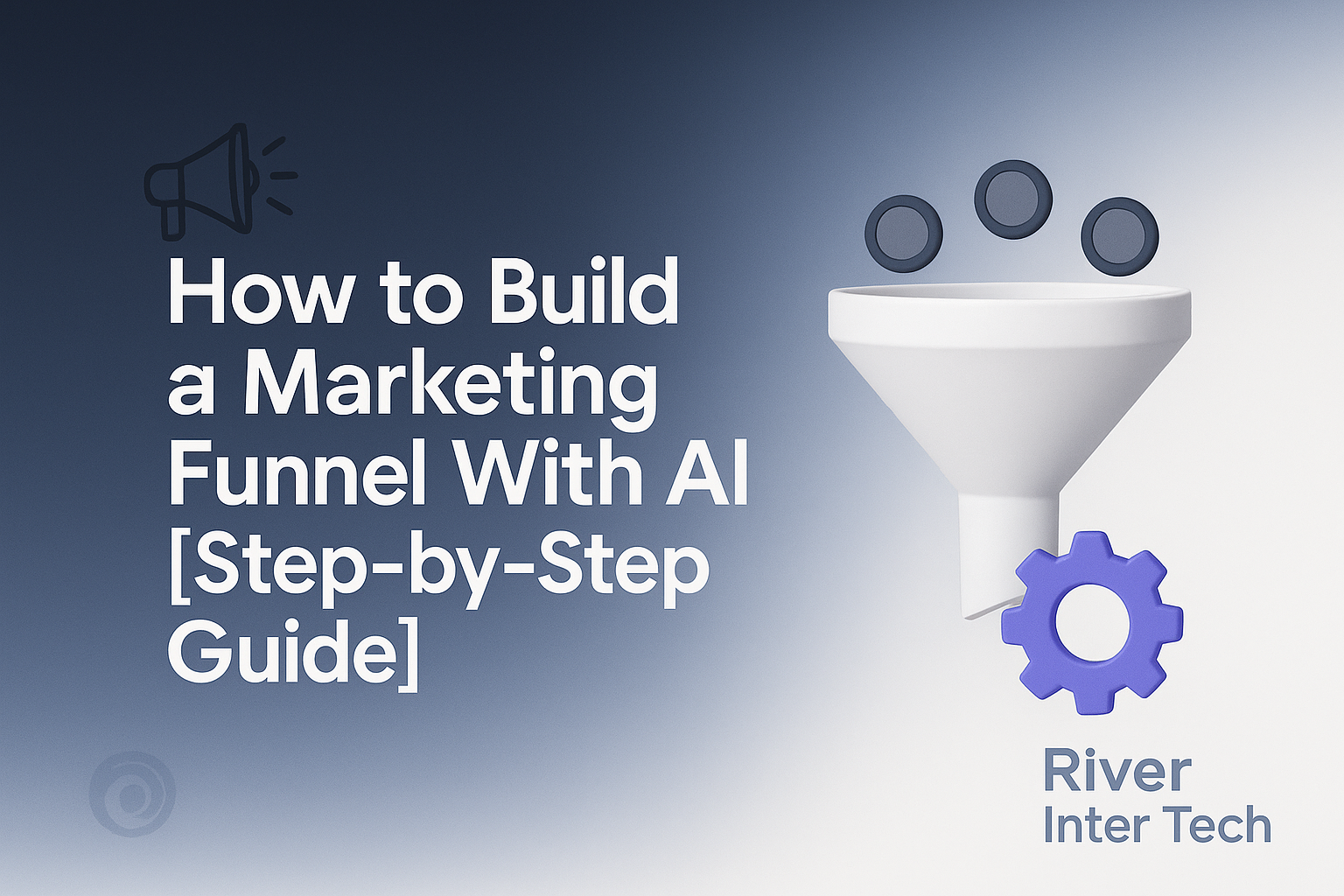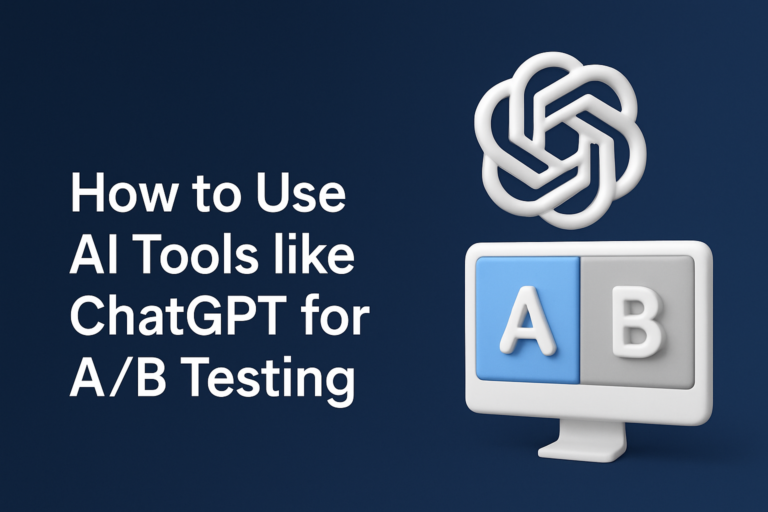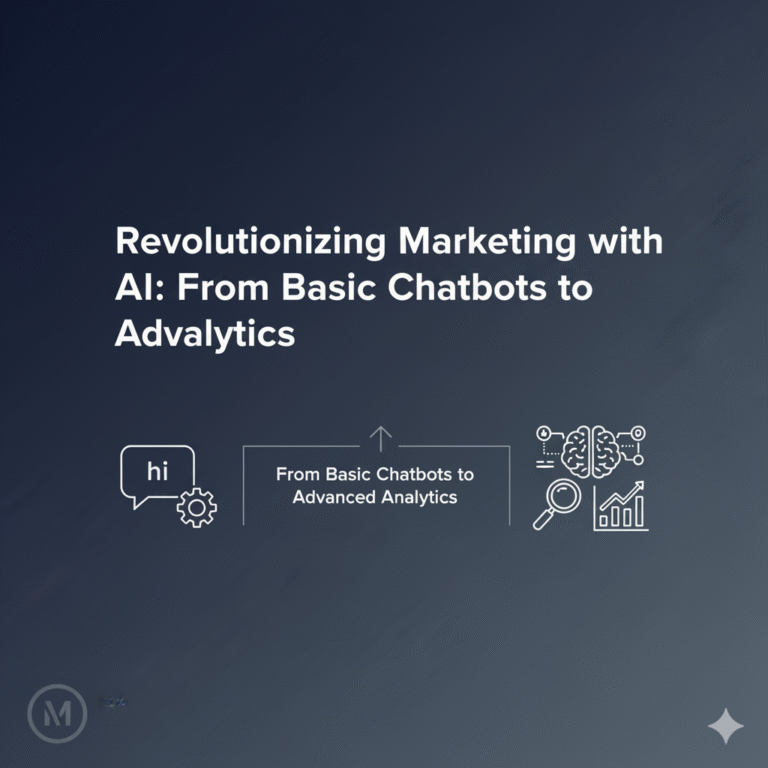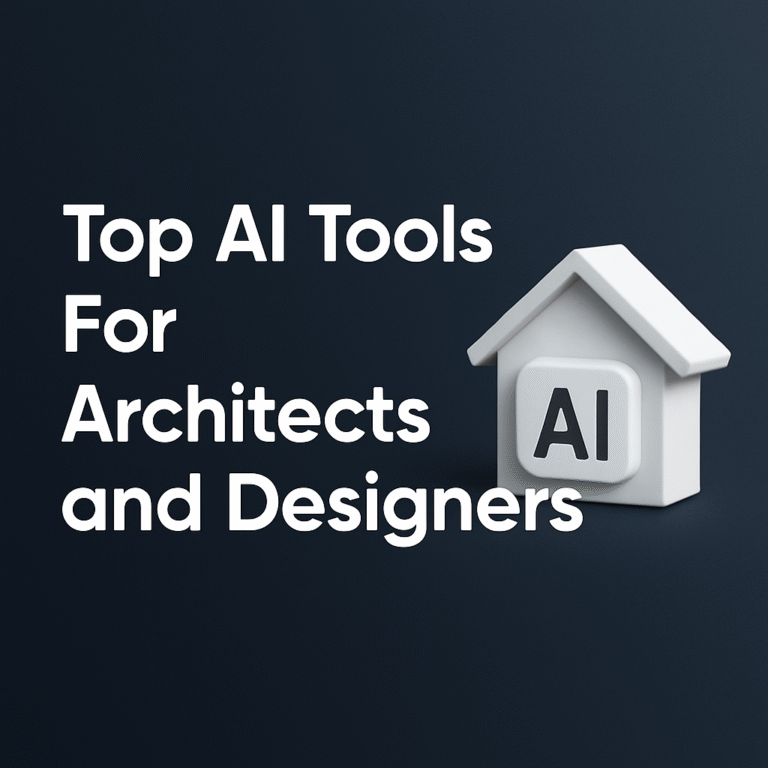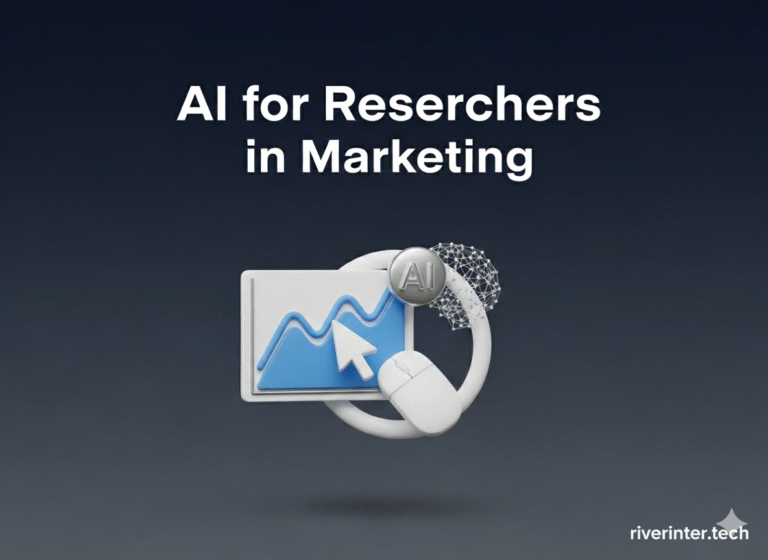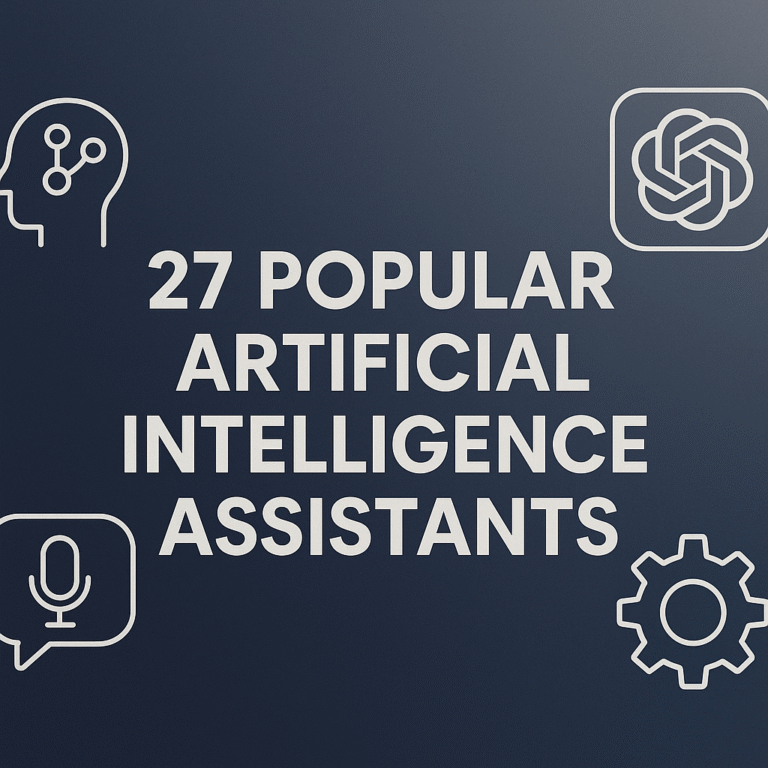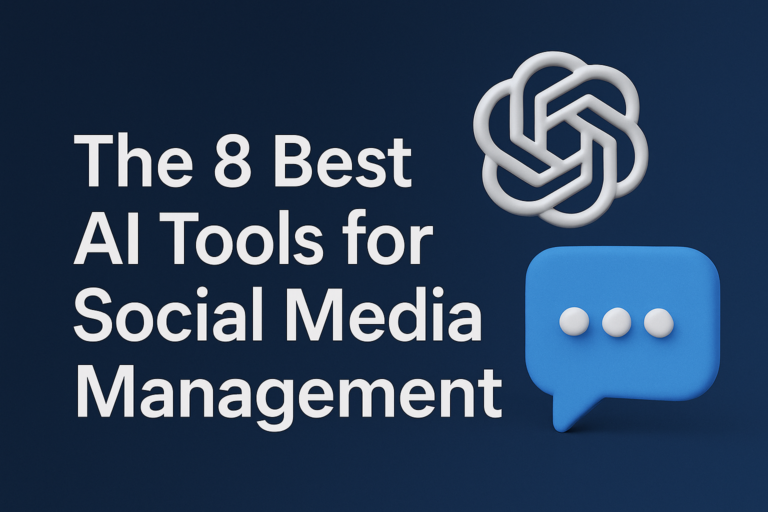How to Build a Marketing Funnel With AI [Step-by-Step Guide]
AI has flipped the marketing playbook. Traditional funnels were slow, manual, and often disconnected from customer intent.
But now, artificial intelligence lets marketers build responsive, data-driven funnels that think ahead, adapt instantly, and personalize the journey for each individual. This guide walks you through exactly how to build one.
Whether you’re a marketing leader, business strategist, or tech-savvy entrepreneur, this is your new roadmap to building a smart, scalable, AI-powered funnel that covers every critical stage: awareness, consideration, conversion and beyond.
AI doesn’t just help you move faster. It helps you move in the right direction. Instead of relying on outdated assumptions, you’ll lean on real-time insights. Instead of drowning in manual tasks, you’ll automate with precision.
From attracting better leads to nurturing with less friction to converting with fewer clicks—this is how the future of marketing operates.
What Is a Marketing Funnel and Why It Matters
A marketing funnel is more than a diagram, it’s the foundation of your entire customer journey.
It charts the marketing funnel stages from first discovery to long-term loyalty. The common five stages are awareness, consideration, conversion, loyalty, advocacy.
Each step answers a different question for your buyer: What’s this brand? Why should I care? Is this worth my money? Should I stay? Will I recommend it?
When marketers ignore the funnel, they end up wasting resources, pushing the wrong messages, and confusing prospects. When they master it, they turn strangers into superfans.
According to HubSpot and Copy.ai, businesses that align content and tools with funnel stages see a 45% higher ROI. That’s not luck. It’s strategy.
AI takes this further. Instead of analyzing static behaviors, AI uses predictive analytics to spot shifts in interest and intent. That means better timing, smarter segmentation, and faster growth through the awareness consideration conversion funnel.
How to Use AI at the Awareness Stage
This is the discovery phase, also known as the awareness stage of marketing funnel. Prospects don’t know your brand, and they may not realize they have a problem.
Your job? Show up where they look, speak their language, and educate.
AI helps by creating keyword-rich content, predicting trending topics, and optimizing reach. Tools like Copy.ai, jasper, or Custom GPTs can help you write SEO-optimized blogs, while ZoomInfo can score “likely-to-engage” leads. Platforms like SparkToro and BuzzSumo use AI to show what your audience cares about.
Adam Tishman of Helix Sleep used AI to categorize users by funnel stage. That alone boosted their early-stage engagement by 32%.
AI makes sure you show up with the right message, for the right people, at the right moment. This approach is central to what is the awareness stage of the marketing funnel.
Try this:
- Use AI for content suggestions based on search intent.
- Optimize ad creatives with AI image tools.
- Build segmented audiences using behavioral analysis.
The payoff: better targeting, lower cost per click, and increased lead volume. That’s how brands win in the marketing stages awareness segment.
How to Use AI in the Consideration Stage
Once prospects are aware, they’re evaluating your offer. This is the consideration stage of marketing funnel. AI ensures your brand stays in the conversation and stands out from the rest.
Use tools like HubSpot or Breeze to segment based on activity, interests, or source. Then:
- Personalize nurture emails based on engagement triggers.
- Trigger dynamic content blocks within emails or landing pages.
- Recommend relevant blogs or product pages using AI engines.
For example, if a prospect read three pricing pages, AI could send a side-by-side comparison guide. If they lingered on a case study, send them a webinar invite.
Roland Jakob of Blazekin.Media said it best: “AI spots the pattern, but you write the story.” The balance of tech and touch is what builds trust. With AI, you scale empathy through consideration marketing funnel content.
It’s essential to understand awareness vs consideration and tailor your messaging accordingly. What worked in the awareness stage may feel repetitive or shallow here.
How to Use AI in the Conversion Stage
This is your make-or-break moment. Also called the conversion stage of the marketing funnel. Prospects are near the finish line. AI can clear the path.
Here’s what you can do:
- Use heatmaps and user flow analytics to refine UX.
- Apply predictive incentives based on cart behavior or email opens.
- Trigger real-time chatbots that respond to checkout hesitation.
John Pennypacker of Deep Cognition shared that by using AI to score leads and personalize final messages, their team saw a 35% spike in engagement. AI-powered tweaks directly support what is the goal of the conversion stage: higher commitment and faster decisions.
This isn’t just automation. It’s intelligent persuasion. Let AI tailor product suggestions, automate discount triggers, and help your sales team focus on high-intent leads.
These steps are fundamental in executing a successful awareness consideration decision funnel strategy.
How to Use AI Post-Conversion: Loyalty and Advocacy
A sale is not the end. It’s the beginning of deeper retention and advocacy, part of the full awareness consideration conversion loyalty advocacy cycle.
AI excels in this phase. Use it to:
- Segment customers by behavior and lifecycle.
- Automate re-engagement emails when activity drops.
- Suggest upsells based on purchase patterns.
Nora Sudduth explains, “AI shines when it personalizes retention.” And she’s right. Smart post-purchase campaigns build the bridge to repeat business and referrals. This is the goal of a brand advocacy funnel.
You can also use churn prediction models to spot disengaged users and offer incentives or exclusive content before they vanish. These methods support long-term gains in business development funnel stages.
Pro Tips for Using AI in Your Funnel
- Start simple: Use AI to automate your most repetitive funnel tasks first.
- Blend AI with empathy: Don’t lose the human voice. Let AI analyze and predict. You connect.
- Measure with intent: Use GA4 and dashboards that highlight micro-conversions.
- A/B test in layers: AI gives you scale—test headlines, CTAs, even entire nurture flows.
- Stay lean: Don’t overload your tech stack. Choose tools that integrate natively.
Rafiuzzaman Khan of Microters built AI-enhanced funnels that adjusted in real time based on user response. Their result? 40% more conversions in under six weeks. An ideal showcase of marketing funnel awareness consideration conversion.
These tools are vital for marketers wondering what is the first stage of the marketing funnel and how to move customers through it with less friction.
Your Funnel Is a Living System with AI
Your funnel isn’t a pipeline. It’s an ecosystem. AI keeps it alive, responsive, and evolving. A well-managed system balances awareness consideration conversion across content, timing, and targeting.
With the right setup, you can:
- Identify silent drop-offs.
- Predict high-intent leads.
- Launch content without delays.
As Arthur Favier of Oppizi notes, “AI doesn’t just track where people leave—it tells you why they left.” That’s the kind of intelligence that shifts your strategy from reactive to proactive. A funnel built on data, powered by AI, and aligned to the stages of the funnel is how you win.
Want to stay ahead of the competition? Build a funnel that learns, adapts, and improves. Because the brands that grow in 2025 won’t just talk to their customers—they’ll understand them. That’s the promise of an AI-led awareness stage marketing strategy.

